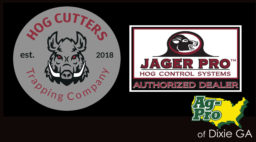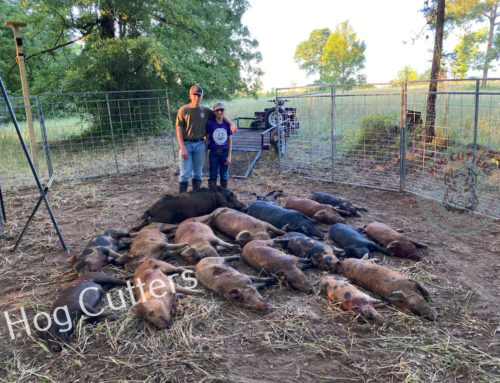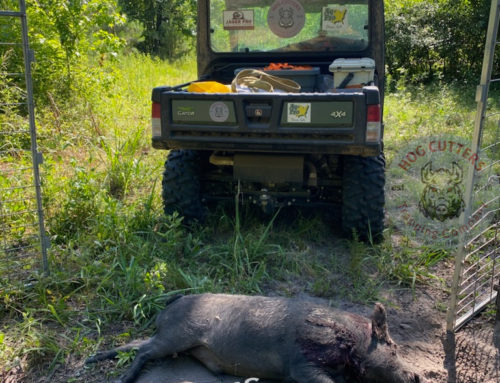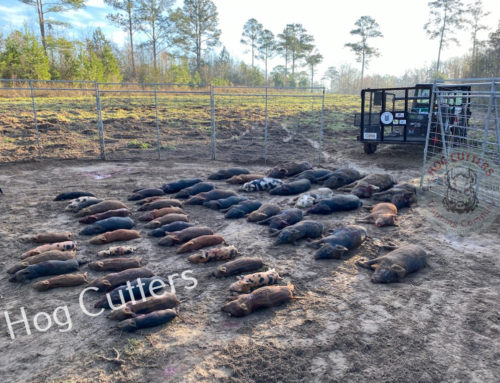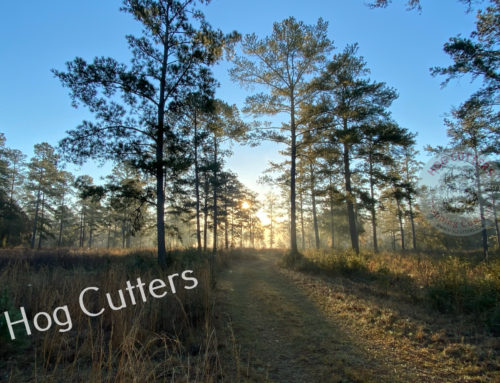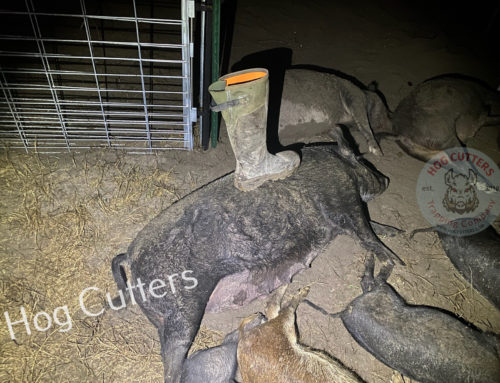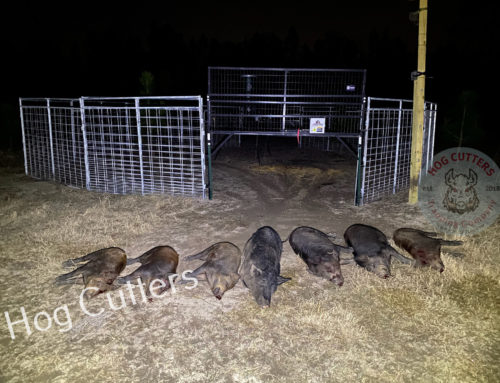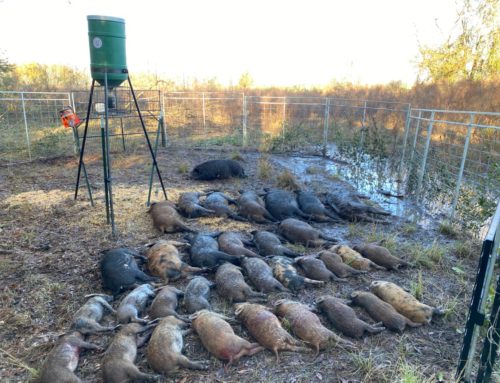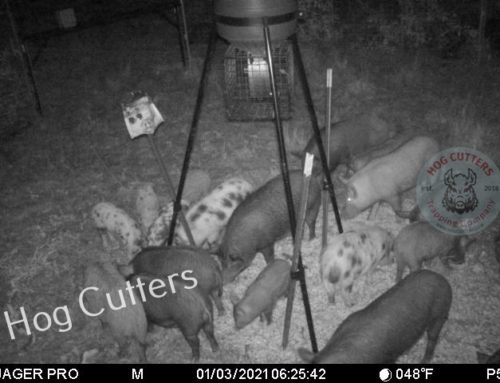An article was recently published in Bellevue Iowa about the increased spread of wild hog populations throughout southern Iowa counties. At the time of publishing, the Iowa Department of Natural Resources reported eliminating approximately 60 wild hogs along the Missouri border. Not a good sign for the State of Iowa, or for the folks in Missouri trying to get a hold on their own population.
Investigators have found evidence of feral hogs at both the Missouri / Iowa border, as well as in Winnishiek and Alamakee counties. The wild hogs discovered in the far northeast counties are attributed to an illegal release of wild hogs for profit hunting in Crawford County, Wisconsin. However, it is probably safe to assume the vermin along the Missouri border are moving with natural geography in the search for food and territory.
Of greatest concern to Iowa farmers, is the 23.6 million domestic hogs that may become infected with pseudorabies, brucellosis, African swine fever, and reproductive viruses. Wild hogs are linked to a southeast Iowa brucellosis infection after a wild boar mingled with pasture-raised pigs. “Any disease threat to that industry by transmission would be a catastrophe for producers.”
Articles as far back as 2004 share evidence of the presence of invasive wild hogs in Iowa. Those of us who have observed how quickly they are able to move in to an area and reproduce to infestation levels, can attest to how quickly the problem gets out of hand. Over 16 years of un-deterred breeding can lead to massive amounts of hogs.
What can this mean for the State of Missouri in its fight against the wild hog menace? Studies have concluded, wild hog populations must be culled by approximately 70% annually to simply prevent further spread. Does the increase in the wild hog presence along the northern border mean Missouri officials need to expand it’s eradication efforts? What can we do, as Missouri property owners, to get a grip on the expanding populations?
Experts have stated that cellular controlled corral trapping is currently the optimal method of making any headway towards the goal of mitigating the wild hog population. Trapping does take an investment, time and plenty of patience. However, with an intelligent plan, and the right equipment, we can begin to see a difference. Perhaps we can also avoid pushing our problem hogs onto our neighbors as well.
Written by Heather (Hog Cutters Media manager, and Missouri resident and property owner.)
